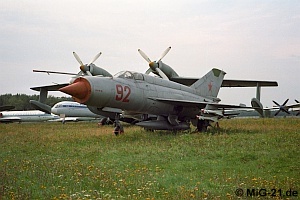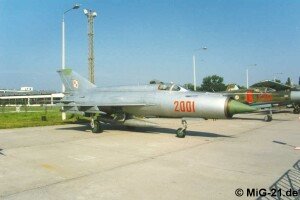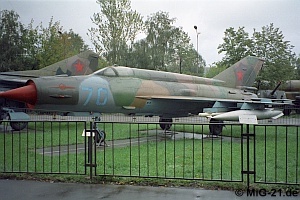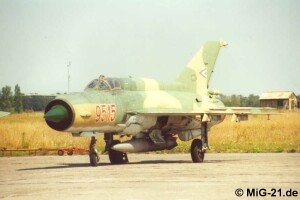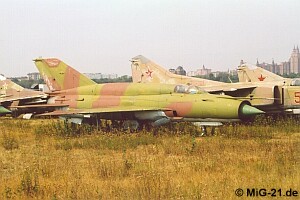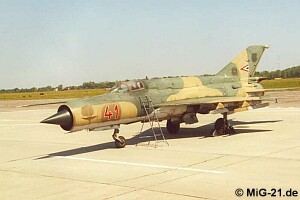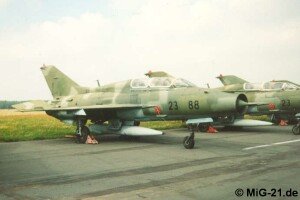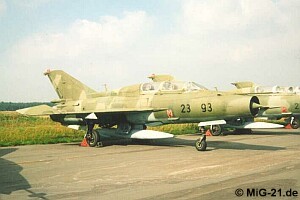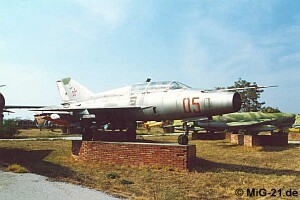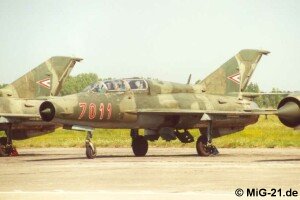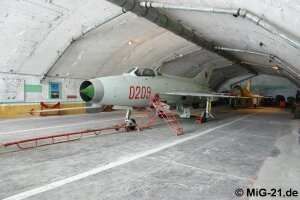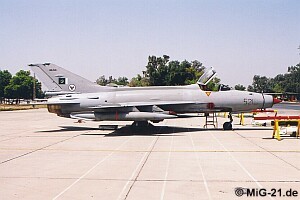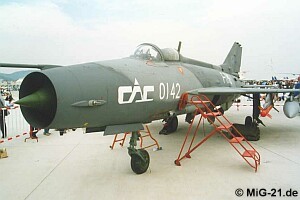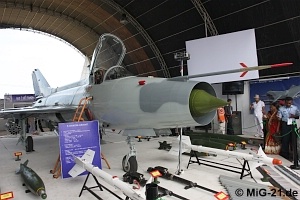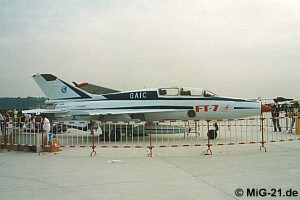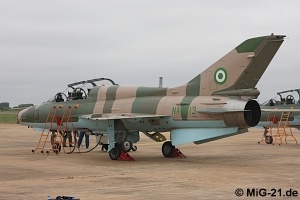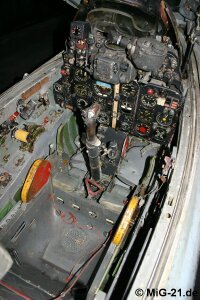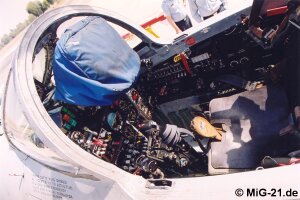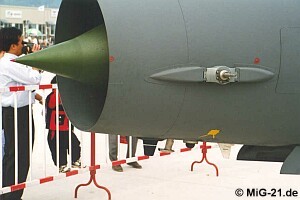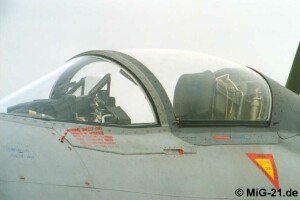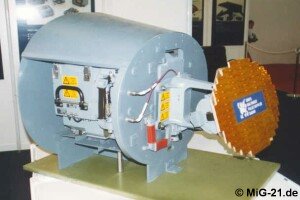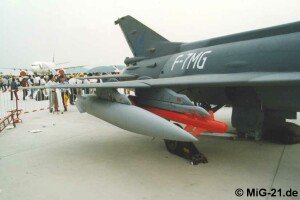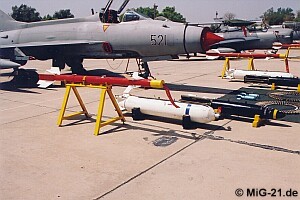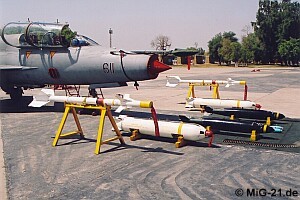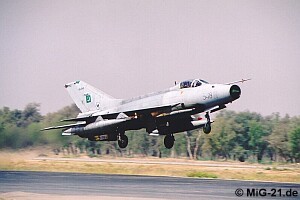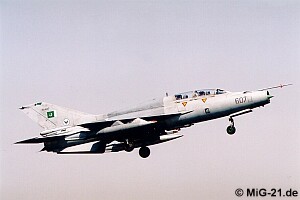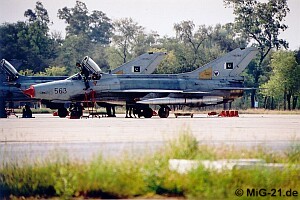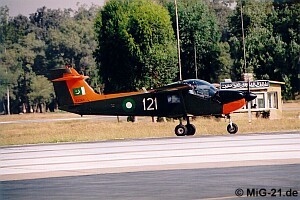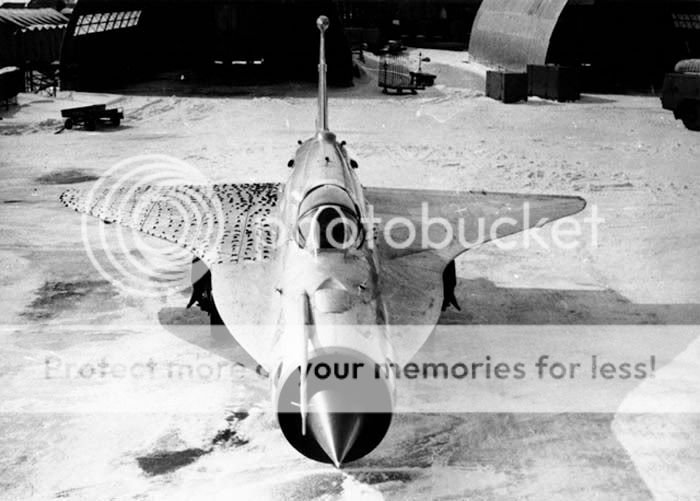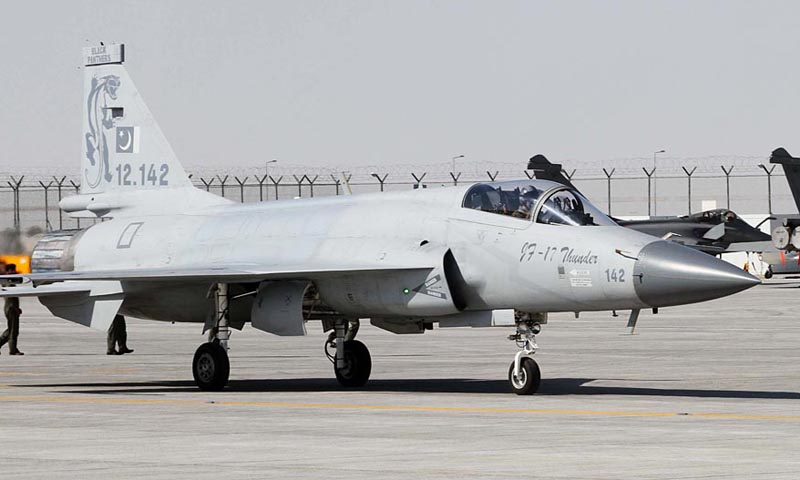Manticore
RETIRED MOD

- Joined
- Jan 18, 2009
- Messages
- 10,115
- Reaction score
- 114
- Country
- Location
Not a VS thread and dont make it one. While researching on the evolution of super7, I stumbled upon some info that I would like to share which was not directly related in the
JF-17's various initial design phases
thread.
--------------------------------------------------------------------------
Versions of the MiG-21
About 20 main and sub versions of the MiG-21 can be divided into four generations. In the following the main features of the several generations are shown. The - often wrong designated - Western code names are subject to a separate list.
First Generation
Daylight interceptor without radar, armed with guns (one or two 30mm NR-30 respectively), guided or unguided missiles on two wing pylons.
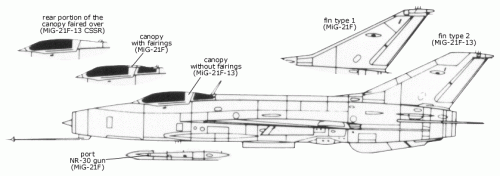
 First production model:
First production model:
MiG-21F at Central Army Museum Moscow.
 The MiG-21F-13 was built in large numbers for both Soviet Air Force and export. The aircraft in Hermeskeil Museum (Germany) was the first delivered to Poland and the second exported at all.
The MiG-21F-13 was built in large numbers for both Soviet Air Force and export. The aircraft in Hermeskeil Museum (Germany) was the first delivered to Poland and the second exported at all.
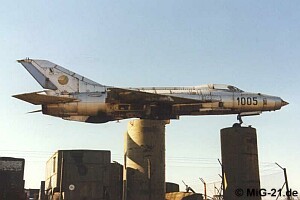 Recognizable by its metal-covered rear cockpit section
Recognizable by its metal-covered rear cockpit section
MiG-21F-13 from Czechoslovak production (seen here at a scrap yard near Hradec Králové).
Second Generation
Radar equipped all-weather interceptor, armed with missiles on two wing pylons only, some versions with external GP-9 gun pod (one 23mm two-barrel gun GSh-23).

 MiG-21PF at Moscow-Chodynka airport.
MiG-21PF at Moscow-Chodynka airport.
 With new ejection seat KM-1 and side opening canopy:
With new ejection seat KM-1 and side opening canopy:
Bulgarian MiG-21PFM as gate guard at Graf Ignatievo.
JF-17's various initial design phases
thread.
--------------------------------------------------------------------------
Versions of the MiG-21
About 20 main and sub versions of the MiG-21 can be divided into four generations. In the following the main features of the several generations are shown. The - often wrong designated - Western code names are subject to a separate list.
First Generation
Daylight interceptor without radar, armed with guns (one or two 30mm NR-30 respectively), guided or unguided missiles on two wing pylons.
- MiG-21F (Изделие = product 65)
- MiG-21F (72)
- MiG-21F-13 (74)
- MiG-21F-13 (S-106, built under licence in Czechoslovakia)


MiG-21F at Central Army Museum Moscow.


MiG-21F-13 from Czechoslovak production (seen here at a scrap yard near Hradec Králové).
Second Generation
Radar equipped all-weather interceptor, armed with missiles on two wing pylons only, some versions with external GP-9 gun pod (one 23mm two-barrel gun GSh-23).
- MiG-21PF (76)
- MiG-21FL (77)
- MiG-21FL (77, built under licence in India)
- MiG-21PFS (94)
- MiG-21PFM (94A)
- MiG-21PFM (94N)



Bulgarian MiG-21PFM as gate guard at Graf Ignatievo.




